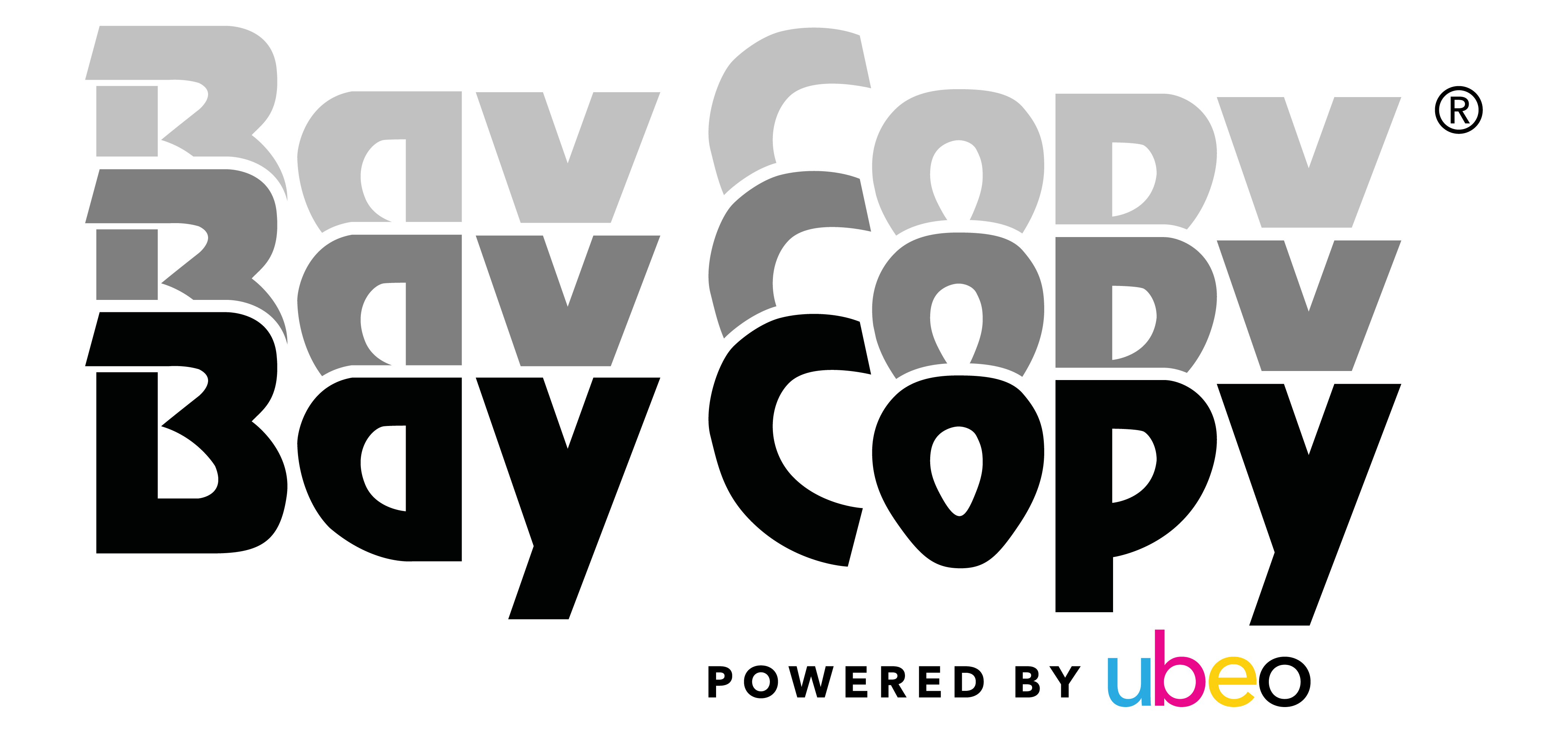Lexmark International undertook a master data management (MDM) program when it realized that its systems could not give decision makers the answers to the questions they were asking about the business. The MDM team designed an ambitious program that can serve as a model for MDM leaders who must plan their own initiatives.
Key Findings
- The IT organization surveyed Lexmark's eight financial analysts, and discovered they spent 22,000 hours a year just to find the information they needed for their reports.
- Lexmark assembled a data governance council, chaired by the CFO, including the CIO and thevice presidents in charge of sales and marketing, finance, the supply chain, R&D, purchasing and HR.
- The MDM team and governance council identified five domains for the initiative: customer, vendor, product, material and person.
- Lexmark can now produce profit-and-loss reports for specific products in 10 minutes — it used to take a week, with heavy manual work to find and cleanse data.
Recommendations
- Don't simply seek a senior executive to sponsor the initiative; find one who will actively participate throughout the life of the program.
- Embed the MDM discipline in business processes. MDM is an integral part of transactional and operational processes so that people cannot circumvent them or change data in a subscription system without doing so in the MDM system.
- Measure results as a way to improve the implementation. To improve decision making, the MDM team defined clear data quality metrics, which are used to measure progress at regular intervals.
Download Full Case Study: Case Study: Lexmark Uses MDM to Turn Information Into a Business Asset
